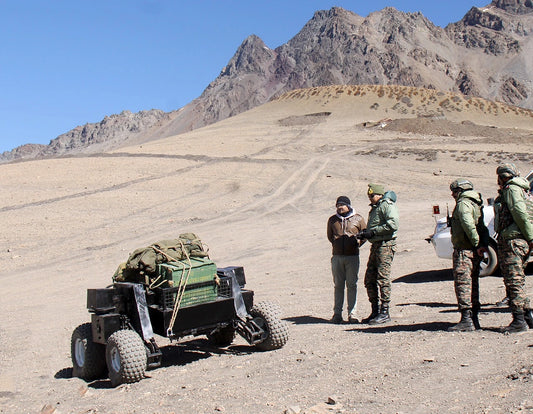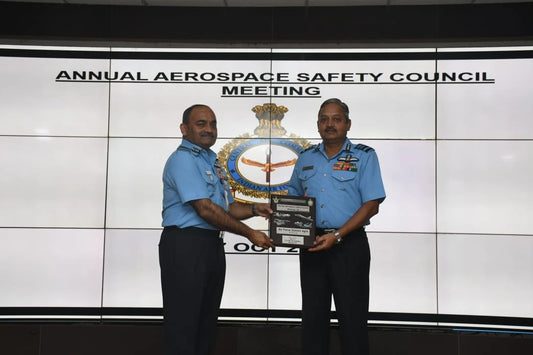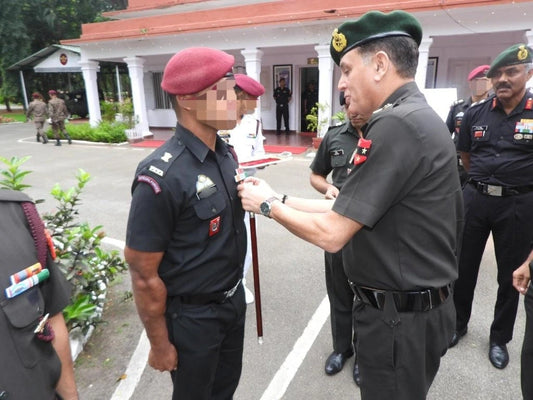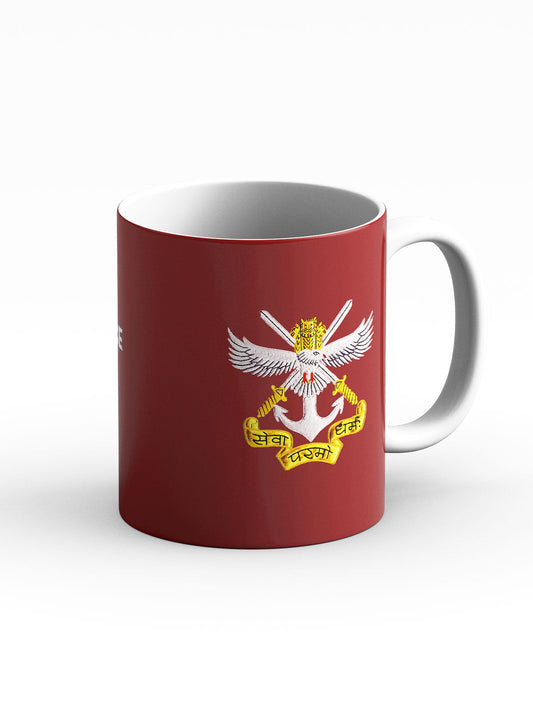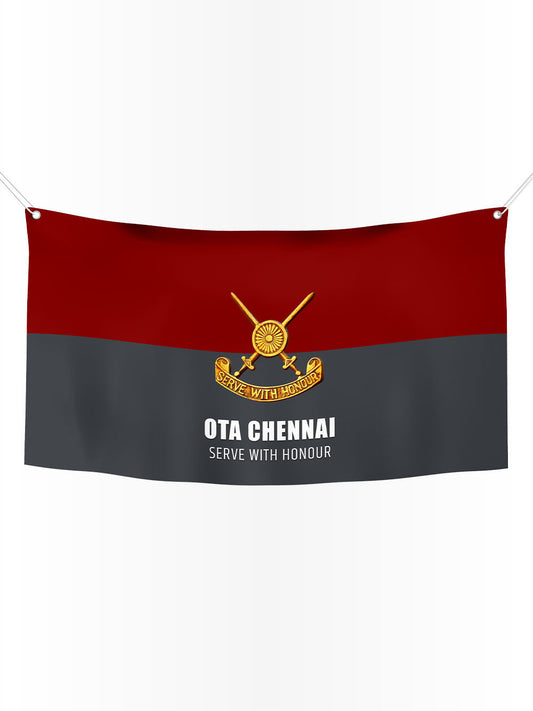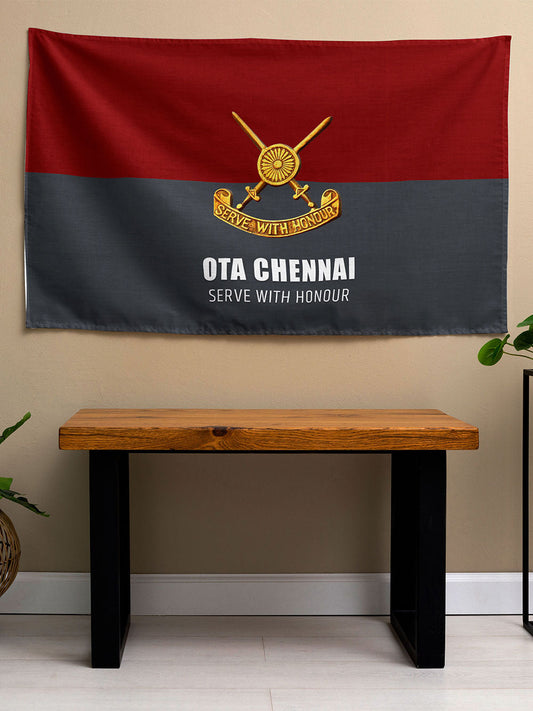Exploring Advanced Takeoff Technologies in Modern Fighter Jets
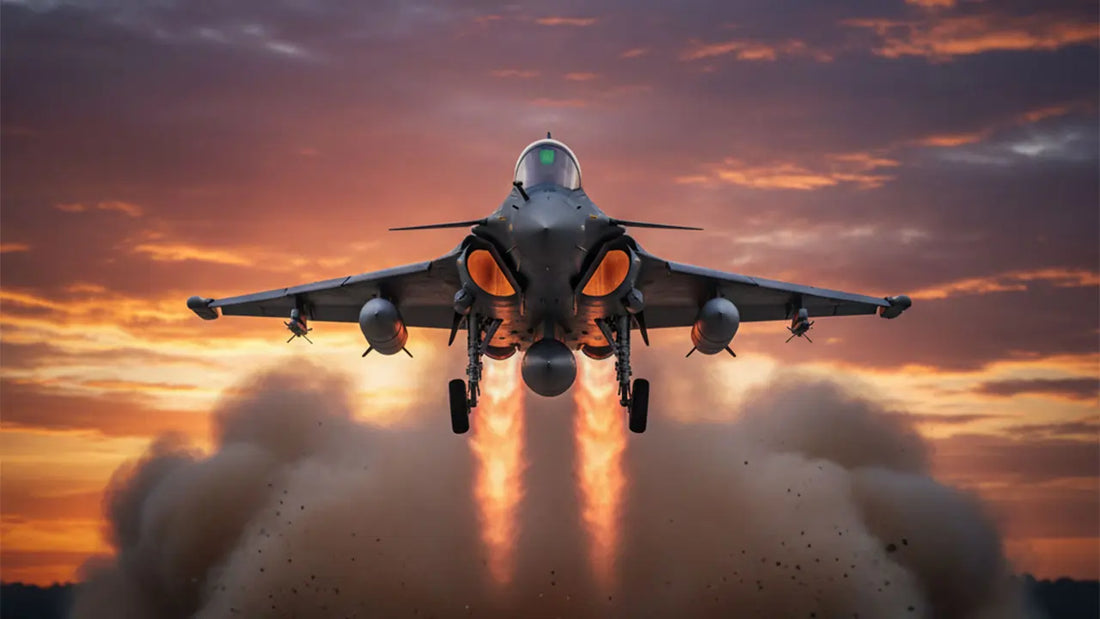
The advancement of fighter jet takeoff technology has profoundly changed military aviation, facilitating swift responses in ever-changing combat scenarios. This analysis delves into the design, historical significance, operational history, and technical capabilities of each aircraft, providing a thorough examination backed by declassified specifications and recent deployments. The study goes beyond a surface-level overview, including engineering specifics, combat case studies, and future prospects.
Short takeoff capabilities are a result of innovations such as thrust vectoring, which manipulates engine exhaust for lift, high-lift devices like flaps and canards, and powerful engines with thrust-to-weight ratios exceeding 1:1. V/STOL aircraft like the F-35B employ lift fans or swiveling nozzles, while STOL models such as the Gripen depend on aerodynamic designs for low-speed lift. These features enable operation from roads, carriers, or damaged airfields, thereby increasing survivability in contested areas. All selected jets are multirole, capable of air-to-air combat, ground strikes, and reconnaissance missions.
The Lockheed Martin F-35B is at the forefront of contemporary short takeoff technology, merging fifth-generation stealth with STOVL (short takeoff/vertical landing) capabilities. Developed under the Joint Strike Fighter program, the F-35B became operational with the U.S. Marine Corps in 2015 and is also utilized by the UK Royal Navy and Italian forces. The aircraft's unique feature is the Pratt & Whitney F135 engine combined with a Rolls-Royce LiftSystem, which includes a shaft-driven lift fan that provides half of the vertical thrust during hover or short takeoff. This allows the jet to launch from a runway as short as 150 meters, combining a brief roll with vertical lift.
The F-35B's single engine generates 41,000 pounds of thrust, resulting in a thrust-to-weight ratio of about 0.9 when fully loaded. It reaches takeoff speed (approximately 140 knots) in 8-10 seconds during STO mode, with the assistance of afterburner augmentation. Although its maximum speed is Mach 1.6 (1,200 mph), its strength lies in supercruise capability and sensor integration via the AN/APG-81 radar, enabling networked warfare. Armaments include internal bays for 5,700 pounds of stealth munitions like AIM-120 AMRAAM missiles and Joint Direct Attack Munitions (JDAMs), along with external hardpoints for non-stealth missions.
The F-35B has demonstrated its capabilities in exercises such as Bold Alligator, operating from amphibious assault ships with limited deck space. As of 2025, over 300 F-35Bs are active, with production continuing. Despite higher maintenance costs due to its complex lift system, its quick takeoff ability from forward bases makes it crucial for distributed lethality concepts. Studies indicate that the F-35B's STOVL feature enhances survivability by 30-50% in restricted environments compared to jets dependent on runways.
The McDonnell Douglas/Boeing AV-8B Harrier II, an evolution of the 1960s Hawker Siddeley Harrier, persists as one of the rare true V/STOL fighters with limited service as of September 2025. Operated mainly by the U.S. Marine Corps' Marine Attack Squadrons (VMAs), with the remaining units like VMA-223 set for deactivation by 2026, it continues in training and reserve roles. Its Pegasus F402-RR-408A engine features four rotatable nozzles that vector thrust downward for vertical takeoff, allowing liftoff from a hover in under 10 seconds without a runway.
The Harrier is driven by 23,800 pounds of thrust, propelling the subsonic (Mach 0.9, 670 mph) airframe to rapid vertical climbs at a rate of 6,000 feet per minute. Its lightweight design (empty weight ~13,000 pounds) and reaction control system for precise hovering render it exceedingly agile at low speeds. It can carry up to 9,000 pounds of ordnance, including Sidewinder missiles, Maverick AGM-65s, and 30mm cannon pods, excelling in close air support.
Historically, the AV-8B was deployed in the Falklands War (known as the Sea Harrier), the Gulf War, and Afghanistan, where its forward strip operations provided immediate close air support, saving lives. By 2025, fewer than 100 remain active, transitioning to the F-35B, but its VTOL capability to "take off in seconds" from just 100-300 feet for short takeoff remains unparalleled in simplicity. Yet, its maintenance-intensive nozzle systems limit scalability, though its value in amphibious operations endures.
The Boeing F/A-18E/F Super Hornet, a larger upgrade to the 1980s F/A-18 Hornet, is the cornerstone of U.S. Navy carrier air wings, with over 800 units in service across the U.S., Australia, and Kuwait as of 2025. Its short takeoff capability is designed for aircraft carriers, where catapult-assisted launches from 300 meters or less are standard. Unassisted rolls can achieve liftoff in 1,000 feet using full flaps and afterburners. Dual General Electric F414 engines produce 44,000 pounds of combined thrust, propelling the maximum takeoff weight of 66,000 pounds to 140 knots in 7-12 seconds.
Capable of Mach 1.8 (1,190 mph), the Super Hornet's power allows for supercruise and a 1,275-nautical-mile combat radius. Its avionics, including the APG-79 AESA radar and ALQ-214 jammer, support multirole missions. The EA-18G Growler variant adds electronic warfare capabilities. Its operations, ranging from Yemen strikes to Pacific patrols, demonstrate the Super Hornet's rapid deck cycles, with multiple launches per minute underscoring its speed-power balance. Carrier-optimized STOL, augmented by leading-edge extensions for low-speed lift, is likely to maintain its relevance until the F/A-XX emerges in the 2030s. Diplomatic evaluations underscore its role in coalition operations, balancing power with interoperability.
Sweden's Saab JAS 39 Gripen, in C/D and E/F variants, is a lightweight multirole fighter serving Sweden, Brazil, South Africa, and Thailand, with ongoing production for new users like Colombia in 2025. Designed under Sweden's "total defense" doctrine, it features STOL capabilities via a delta-canard wing, high-alpha capability, and a GE F414 engine (22,000 pounds thrust in the E model), enabling takeoff from 500-meter highways in 10-15 seconds at combat weight.
Reaching Mach 2.0 (1,350 mph), the Gripen's 1:1 thrust-to-weight ratio facilitates vertical climbs and 9G maneuvers. It integrates the PS-05/A radar (upgraded to Raven ES-05 in E), carrying Meteor BVRAAMs, IRIS-T missiles, and Taurus cruise missiles up to a total of 16,500 pounds. Its empty weight of 15,000 pounds emphasizes agility. The Gripen's STOL capability has been proven in exercises such as ACE '21, where it operated from roads, minimizing vulnerability to strikes. As of 2025, over 300 Gripens are operational, with E models adding supercruise. Its cost-effectiveness (10-15 million USD per unit) and rapid rearming (10-minute turnaround) make it suitable for high-threat environments. Its neutral design appeals to non-aligned nations, promoting global adoption.
The Lockheed Martin-upgraded F-16 Fighting Falcon, with Block 70/72 variants entering service in 2025, remains widely used with over 4,500 airframes across 25 countries, including the USAF. Its single Pratt & Whitney F100 or GE F110 engine (29,000 pounds thrust) enables short takeoffs of 1,500-2,000 feet in 12-15 seconds, supported by fly-by-wire controls and slats for high-angle-of-attack lift.
A Mach 2.0 performer (1,320 mph) with a 340-nautical-mile combat radius, the F-16's 1.1:1 thrust-to-weight excels in dogfights and strikes, carrying up to 17,000 pounds of armament like AMRAAMs, JDAMs, and a 20mm Vulcan cannon. Upgrades include AESA radars and conformal fuel tanks. From Desert Storm to Ukraine aid (via F-16 deliveries in 2024-2025), its rapid scramble time of 5 minutes from alert is a testament to its reliability. While not as short-takeoff specialized as others, its performance is well-suited for forward bases. Research indicates that ongoing Viper upgrades will maintain its viability through 2040, focusing on affordability and adaptability.
The following table summarizes the core attributes of these fighters, highlighting their takeoff performance, speed, and power. Data is drawn from manufacturer specs and operational analyses, with distances approximate for combat-loaded configurations at sea level.
| Fighter Jet | Takeoff Distance | Max Speed (Mach) | Engine Thrust (lbs) | Max Takeoff Weight (lbs) | Primary Users | Introduction Year |
|---|---|---|---|---|---|---|
| F-35B Lightning II | <500 ft (150 m) | 1.6 | 41,000 | 60,000 | USMC, UK, Italy | 2015 |
| AV-8B Harrier II | 0 ft (VTOL) | 0.9 | 23,800 | 31,000 | USMC (phasing out) | 1985 |
| F/A-18E/F Super Hornet | <1,000 ft (300 m) | 1.8 | 44,000 (twin) | 66,000 | US Navy, Australia | 1999 |
| Saab JAS 39 Gripen | 1,640 ft (500 m) | 2.0 | 22,000 | 36,400 | Sweden, Brazil, South Africa | 1996 |
| F-16 Fighting Falcon | 1,500-2,000 ft (450-600 m) | 2.0 | 29,000 | 42,300 | USAF, 25+ nations | 1978 (upgraded) |
This comparison highlights how these jets achieve "takeoff in seconds" through optimized power-to-weight ratios, typically accelerating to rotation speed (120-160 knots) in 5-15 seconds.
These five jets illustrate how short takeoff combines speed and power, enabling surprise attacks and resilience. V/STOL capabilities in the F-35B and Harrier emphasize flexibility, while STOL features in the Gripen and F-16 support dispersed basing. Carrier operations via the Super Hornet extend naval reach.
With the rise of hypersonic threats, sixth-generation designs may incorporate even faster launches, yet these aircraft remain essential. Balanced perspectives note the trade-offs: VTOL capabilities reduce payload by 20-30%, yet augment tactical advantages in peer conflicts.
